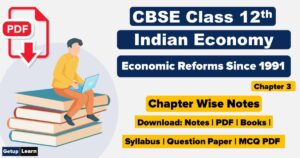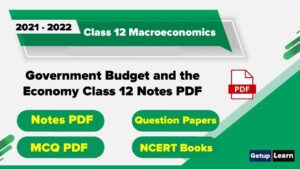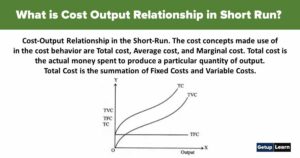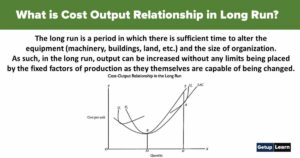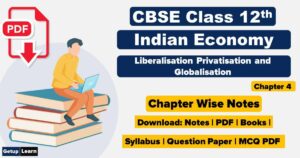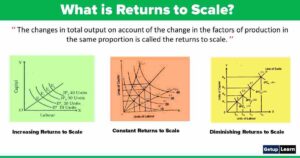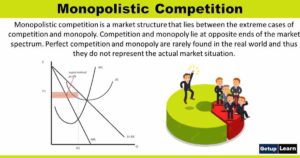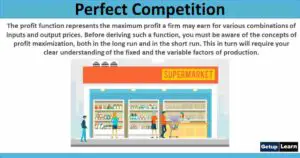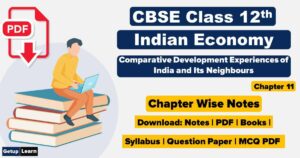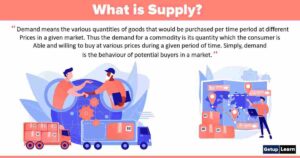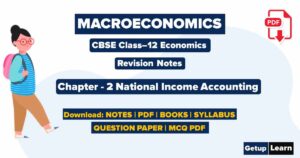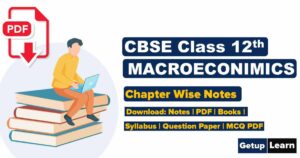Download Short Run Equilibrium Output Class 12 Notes PDF, Question papers, MCQ PDF, NCERT Books, and Syllabus free of cost in just minutes. We provide complete study material of short run equilibrium outputs Class 12 Notes.
This study material includes short run equilibrium outputs Class 12 Notes, previous year question paper class 12, Mcq Pdf, NCERT books, Latest syllabus by CBSE 2022-2023.
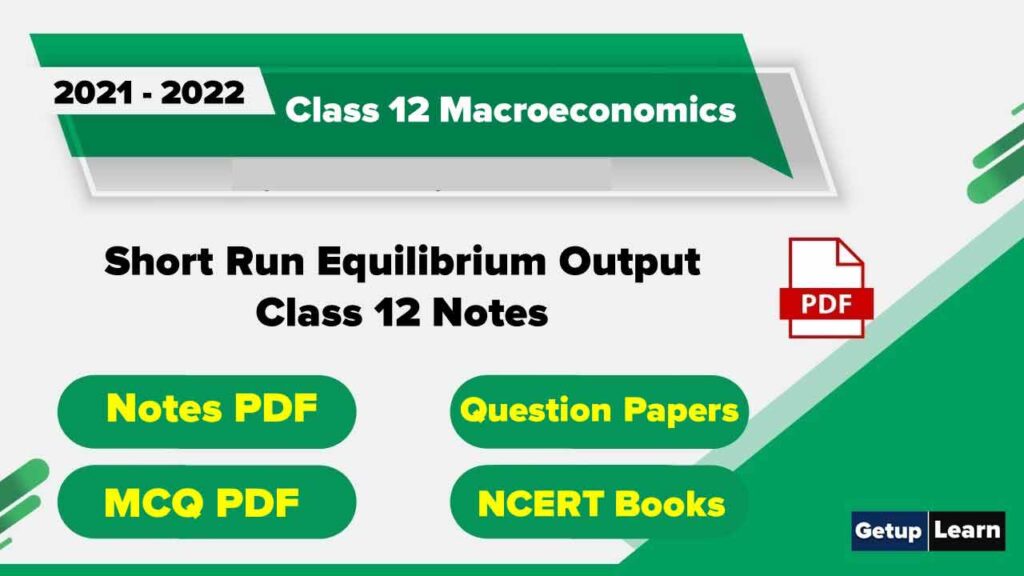
You can download short Run Equilibrium Output Class 12 Notes Pdf from the below article.
Table of Contents
- 1 Download Short Run Equilibrium Output Class 12 Notes PDF
- 2 Short Run Equilibrium Output Class 12 Notes PDF
- 3 Short Run Equilibrium Output Class 12 MCQ Questions PDF
- 4 Short Run Equilibrium Output Class 12 MCQ Questions and Answers PDF
- 5 Short Run Equilibrium Output Class 12 Questions and Answers PDF
- 6 Short Run Equilibrium Output Class 12 Important Questions PDF
- 7 Short Run Equilibrium Output Class 12 Notes
Download Short Run Equilibrium Output Class 12 Notes PDF
This is a downloading table for short run equilibrium outputs class 12 notes pdf:
| Short Run Equilibrium Output Class 12 Notes PDF | (HOW TO DOWNLOAD) |
| ????Short Run Equilibrium Output Class 12 Notes PDF | ????Download |
| ????Short Run Equilibrium Output Class 12 MCQ Questions PDF | ????Download |
| ????Short Run Equilibrium Output Class 12 MCQ Questions and Answers PDF | ????Download |
| ????Short Run Equilibrium Output Class 12 Questions and Answers PDF | ????Download |
| ????Short Run Equilibrium Output Class 12 Important Questions PDF | ????Download |
Short Run Equilibrium Output Class 12 Notes PDF
CBSE Class 12 Macroeconomics chapter 6 short run equilibrium outputs Notes PDF are made by research of last ten years NCERT question paper. Further, they are all designed with the latest CBSE guidelines 2022-2023, and only important topics are covered because of the high chances to appear in exams.
NCERT Class 12 Macroeconomics chapter 6 short run equilibrium outputs Class 12 Notes is very useful for students because it is necessary to understand all important questions and answer them in an efficient manner.
[su_button url=”https://drive.google.com/file/d/1TNvOqL2l0xOv_efsYZdAelNQ3OJ_xPuW/view” target=”blank” style=”flat” wide=”yes” center=”yes” radius=”10″ text_shadow=”0px 0px 0px #ffffff” download=”https://drive.google.com/file/d/1TNvOqL2l0xOv_efsYZdAelNQ3OJ_xPuW/view” id=”download”]Download PDF[/su_button]

Download All: ????Macroeconomics Class 12 Notes PDF????
Download Class 12th Notes PDF
[su_spoiler title=”Macroeconomics Class 12 | Indian Economy Class 12” style=”fancy” icon=”plus-circle”]
Macroeconomics Class 12
Indian Economy Class 12
- Indian Economy on the Eve of Independence
- Indian Economy 1950 to 1990
- Economic Reforms Since 1991
- Liberalisation Privatisation and Globalisation
- Poverty
- Human Capital Formation in India
- Rural Development
- Employment and Unemployment
- Infrastructure
- Environment and Sustainable Development
- Comparative Development Experiences of India and Its Neighbours
[/su_spoiler]
With these short run equilibrium outputs notes pdf sample papers, students will have no problem making revision notes before exams and they don’t have to waste time making CBSE revision notes. You guys can download macroeconomics notes class 12 in just minutes. Short Run Equilibrium Output Notes Pdf notes are well structured and prepared based on CBSE latest syllabus class 12 2022-2023.
These NCERT macroeconomics notes chapter 6 short run equilibrium outputs Notes PDF for class 12 are well-defined and easy-to-understand concepts and include some practical questions for practice purposes.
We provided CBSE notes in pdf format for Students and they can use sample papers for preparing for the CBSE board exam 2022-202. CBSE Class 12 macroeconomics chapter 6 short run equilibrium outputs Notes is very important for exam perspectives because it is a practical question chapter, not theory-based chapter. And for exam perspective this important chapter because it has higher marks weightage in macroeconomics.
With the help of CBSE revision notes students can revise for the exam. Class 12 macroeconomics Chapter 6 short run equilibrium outputs Notes are the best finest notes because these are prepared by very experienced teachers. Class 12 macroeconomics chapter 6 short run equilibrium outputs are made in very easy language which helps the students understand easily.
Short Run Equilibrium Output Class 12 MCQ Questions PDF
Below that you can download the short run equilibrium output class 12 MCQ questions pdf. We have covered all related MCQ’s short run equilibrium output class 12 MCQ questions in this pdf. You can practice all of them by these short run equilibrium outputs MCQ questions PDF.
Short Run Equilibrium Output Class 12 MCQ Questions and Answers PDF
Here are some of the short run equilibrium outputs class 12 mcq questions and answers pdf mentioned below. You can download short run equilibrium outputs class 12 MCQ pdf form. These are the most relevant MCQ questions and have a higher chance of appearing on exam papers.
Short Run Equilibrium Output Class 12 Questions and Answers PDF
Here we are providing short run equilibrium outputs class 12 questions and answers pdf and in this notes, we have covered all Important Questions and Answers from Chapter 6 short run equilibrium outputs. Short Run Equilibrium Output notes of Economics Class 12 Important Questions are the best resource for students which helps in class 12 board exams.
Short Run Equilibrium Output Class 12 Important Questions PDF
This is the short run equilibrium outputs class 12 important questions pdf which we are providing for you. We have selected all those important questions from previous years’ question papers. If you learn the following short run equilibrium outputs class 12 important questions you don’t have to open your textbook again and by these questions, you score high in exams.
Short Run Equilibrium Output Class 12 Notes
Short-run is defined as a period of time during which ‘technology’ plays no role in the determination of output in the economy. It is assumed to remain constant. Output is determined exclusively by the level of employment in the economy. A higher level of employment leads to a higher level of output, and vice versa.
Concept of Equilibrium Output
Equilibrium output (also called equilibrium GDP or equilibrium income) refers to that level of output in the economy where:
AS [Aggregate Supply] = AD [Aggregate Demand]
Determination of Equilibrium Level of Income
According to the Keynesian Theory, the equilibrium condition is generally stated in terms of aggregate demand (AD) and aggregate supply (AS). An economy is in equilibrium when aggregate demand for goods and services is equal to aggregate supply during a period of time.
So, equilibrium is achieved when:
AD = AS
We know, AD is the sum total of Consumption (C) and Investment (I):
AD = C + I
Also, AS is the sum total of consumption (C) and saving (S):
AS = C + S
Substituting (2) and (3) in (1), we get:
C + S = C + I
Or, S = I
It means, according to Keynes, there are Two Approaches for determining the equilibrium level of income and employment in the economy.
Two Approaches for Determination of Equilibrium Level
The two approaches to determine the equilibrium level of income, output and employment in the economy are:
- Aggregate Demand-Aggregate Supply Approach (AD-AS Approach)
- Saving-Investment Approach (S-I Approach) It must be kept in mind that AD, AS, Saving and Investment are all planned or ex-ante variables.
Assumptions
- The determination of equilibrium output is to be studied in the context of two- Sector model (households and firms). It means, it is assumed that there is no government and foreign sector.
- It is assumed that investment expenditure is autonomous, i.e. investments are not influenced by level of income.
- Price level is assumed to remain constant.
- Equilibrium output is to be determined in context of short-run.
Aggregate Demand-Aggregate Supply Approach (AD-AS Approach)
According to the Keynesian theory, the equilibrium level of income in an economy is determined when aggregate demand, represented by C + I curve is equal to the total output (Aggregate Supply or AS). If there is any deviation from the equilibrium level of output, i.e. when planned spending (AD) is not equal to planned output (AS), then a process of readjustment will start in the economy and the output will tend to adjust up or down until AD and AS are equal again.
When AD > AS
When planned spending (AD) is more than planned output (AS), then the (C + I) curve lies above the 45° line. It means that consumers and firms together would be buying more goods than firms are willing to produce. As a result, the planned inventory would fall below the desired level.
To bring the inventory back to the desired level, firms would resort to increasing in employment and output until the economy is back at output level OY, where AD becomes equal to AS and there is no further tendency to change.

